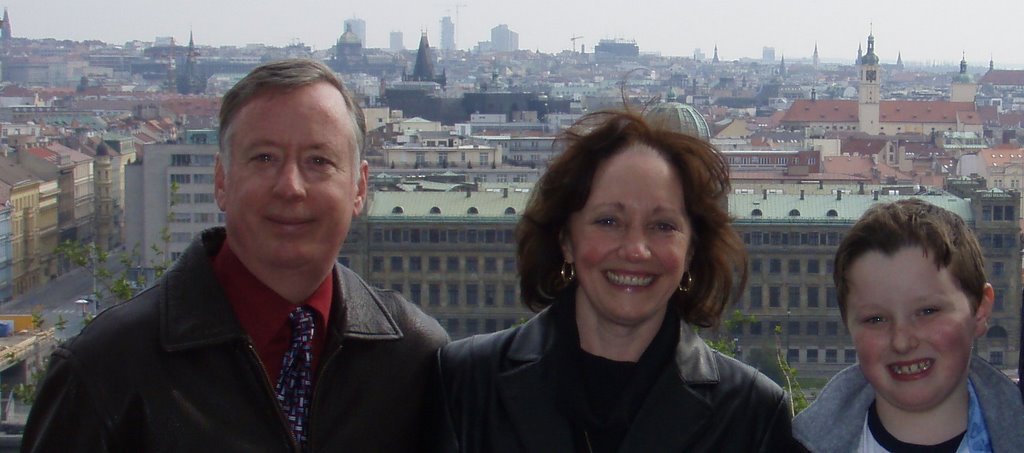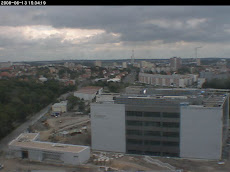
With our upcoming departure from the Czech Republic we have developed a punch list of things to see before we leave (a short 7 weeks from now). One of these items is to visit Karlovy Vary. Since today is a holiday (May Day) we decided to take the 90 minute drive to Karlovy Vary in the western part of the Czech Republic.
Here is information from Wikipedia:
Karlovy Vary (German: Karlsbad), sometimes known in English as Carlsbad, is a spa city situated in Bohemia, the western part of the Czech Republic, on the confluence of the rivers Ohře (German: Eger) and Teplá. Carlsbad is named after Holy Roman Emperor Charles IV, who founded the city in 1370. It is historically famous for its hot springs (13 main springs, about 300 smaller springs, and the warm-water Teplá River).
In the 19th century, it became a popular tourist destination, especially for international celebrities visiting for spa treatment. The city is also known for the Karlovy Vary International Film Festival and the popular Czech liqueur Karlovarská Becherovka. The glass manufacturer Moser Glass is located in Carlsbad.
The city has been used as the location for a number of film-shoots, including the 2006 films Last Holiday and box-office hit Casino Royale, both of which used the city's Grandhotel Pupp in different guises.
On 14 August 1370, Charles IV, Holy Roman Emperor gave city privileges to the place that subsequently was named after him, according to legend after he had acclaimed the healing power of the hot springs. However, earlier settlements could be found in the outskirts of today's city.
Due to publications by doctors like David Becher and Josef von Löschner, the city developed into a famous spa resort and was visited by many members of European aristocracy. It became popular after the railway lines to Eger (Cheb) and Prague were completed in 1870.
The number of visitors rose from 134 families in the 1756 season to 26,000 guests annually at the end of the 19th century. By 1911 that figure had reached already 71,000 but the Great War put an end to tourism and also led to the collapse of the Austro Hungarian Empire by late 1918.
The German-speaking majority protested against being made a part of Czechoslovakia by the Treaty of Saint Germain. A demonstration on 4 March 1919 passed peacefully, but later that month six demonstrators were killed by Czech troops after a demonstrations turned unruly[1].
In 1938 the Sudetenland including Karlovy Vary became part of German Reich and the entire Czech population was expelled. The German speaking inhabitants thus[citation needed] became a majority in the city until their expulsion in 1945.
Before that, the Carlsbad Decrees of 1819 had associated the city with anti-liberal censorship within the German Confederation.
The center of Karlovy Vary.
May Day in Karlovy Vary.
Noah trying some tree climbing.
Pastel colors and horse drawn carriages.
Kathy samples the mineral waters for which Karlovy Vary are famous. Nearly every tourist walks around with a special glass for the waters. The water itself was hot and with iron or sulphur. Not very good, really.
Just like Petrin in Prague, Karlovy has a hill with a furnicular to the top, and then a tower you can climb for a great view of the area.
It was aa great day for a trip to Karlovy Vary.
Thursday, May 1, 2008
Karlovy Vary...
Posted by
Al Tischler
at
7:56 PM
![]()
![]()
Labels: Czech Republic, travel
Subscribe to:
Post Comments (Atom)


No comments:
Post a Comment